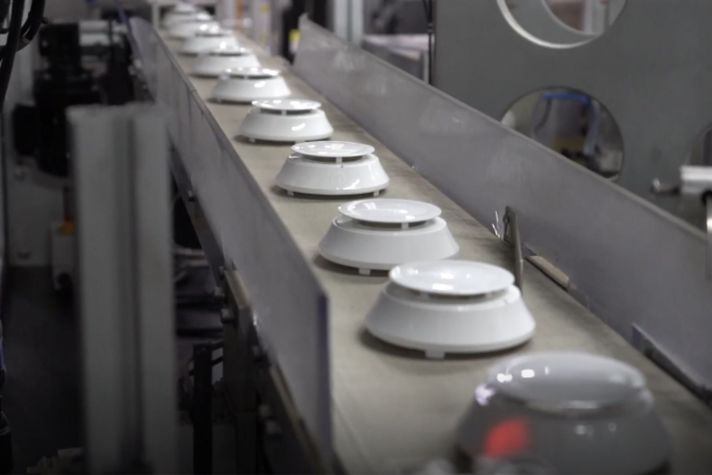-
Global
-
Africa
-
Asia Pacific
-
Europe
-
Latin America
-
Middle East
-
North America
- |
- BUSINESSES
- |
- Contact
- |
-
Global
-
Africa
-
Asia Pacific
-
Europe
-
Latin America
-
Middle East
-
North America
- |
- BUSINESSES
- |
- Contact
- |
You are browsing the product catalog for
You are viewing the overview and resources for
- News
- What Makes a Building Iconic
What Makes a Building Iconic
These qualities turn a place into a memorable experience
May 14, 2019
The term “iconic” is defined as “widely known and acknowledged especially for distinctive excellence,” according to Merriam-Webster dictionary.
When it comes to buildings, iconic structures are game changers — representing nations, religions and economies.
They interlace past societies with current cultures. They facilitate transportation and invention. From physical design to behind-the-scenes technology, these features make a building iconic.
Architecture
Arches, columns, domes and spires define skylines. Sublime skyscrapers stretch into the clouds and massive sports arenas witness victory and defeat. A building’s architecture can have classic features or set new standards. For example, Sydney Opera House’s now-iconic sails defied norms when constructed.
History
Whether built in previous centuries, or undergoing modern renovations, iconic buildings link the past to the present. The origins of the Buda Castle in Budapest (pictured above) begin in the 13th century. But most of the current structures were built about 500 years later. Today, the buildings house two museums, a national library and theatre connecting visitors with Hungary's art and history.
Technology
Behind the scenes at these timeless structures is modern technology that makes it possible to host visitors who can focus on their experiences. At the Sydney Opera House, 8.2 million people a year enjoy performances every year and the building adjusts to accommodate them by precooling 1,500 internal spaces. At Buda Castle, surveillance and energy-saving ensures safety for all and helps preserve these buildings so they can be iconic for future generations.
Copyright © 2025 Honeywell International Inc.




